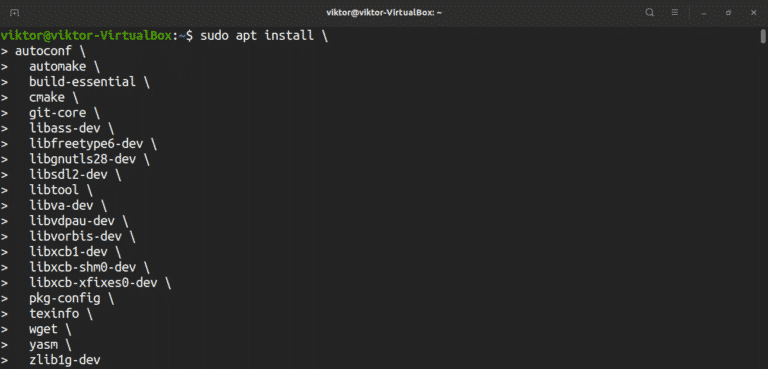
The “-itsoffset” option indicates an offset (3 seconds in the example) for the following input file. The difference is in the mapping parameters which specify which of the two supplied input files to map on which output channel. For example:įfmpeg -i input.flv -itsoffset 00:00:03.0 -i input.flv -vcodec copy -acodec copy -map 1:0 -map 0:1 output_shift3s.flv

This uses the libfaad AAC decoder, which is said to be a bit slower than the ffmpeg-builtin, but which decodes the AAC without complaining. Solution: Upgrade to latest ffmpeg and faad library version and add “ -acodec libfaad “ in front of the “-i” switch. In fact it could well be that they’ll handle it as an invalid input file. It doesn’t look like this will be handled by ffmpeg very soon. This is documented in various bugs (see ffmpeg issues #800, #871, #999, #1733…). The reason for the problem as I understood it is that the ffmpeg-builtin AAC codec cannot handle an audio stream stream with index “1.0”. Still the input video is playable in all standard players (VLC, in Windows…).

The resulting video is either unplayable or has no sound. The message “Error while decoding stream #0.0” is repeated continuously. Stream #0.1(eng): Audio: libmp3lame, 22050 Hz, 2 channels, s16, 64 kb/sĬhannel element 1.0 is not allocated


 0 kommentar(er)
0 kommentar(er)
